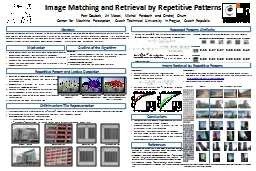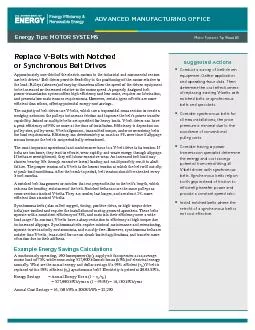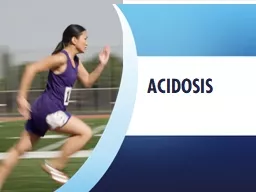PPT-Advanced Holding Patterns
Author : cheryl-pisano | Published Date : 2018-09-22
Christian Pezalla ATP CFII www3pointaviationcom What is holding a pattern Racetrack Shaped Pattern Used to Hold aircraft during delays Hold aircraft during inclement
Presentation Embed Code
Download Presentation
Download Presentation The PPT/PDF document "Advanced Holding Patterns" is the property of its rightful owner. Permission is granted to download and print the materials on this website for personal, non-commercial use only, and to display it on your personal computer provided you do not modify the materials and that you retain all copyright notices contained in the materials. By downloading content from our website, you accept the terms of this agreement.
Advanced Holding Patterns: Transcript
Download Rules Of Document
"Advanced Holding Patterns"The content belongs to its owner. You may download and print it for personal use, without modification, and keep all copyright notices. By downloading, you agree to these terms.
Related Documents














